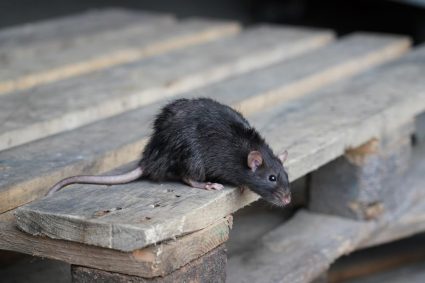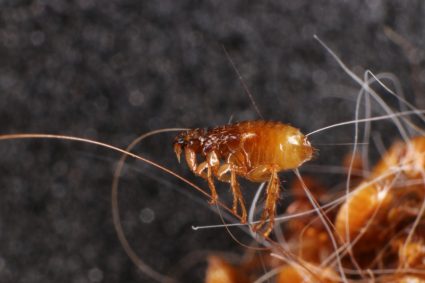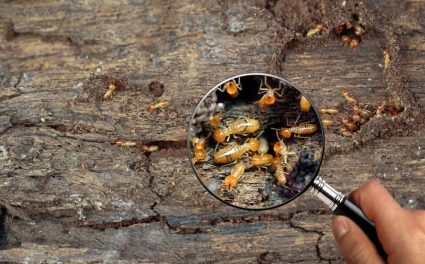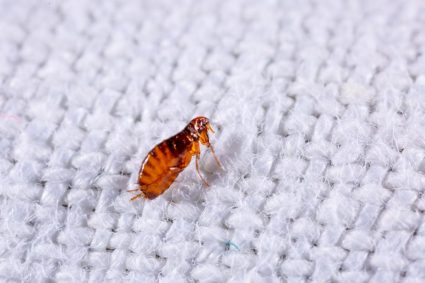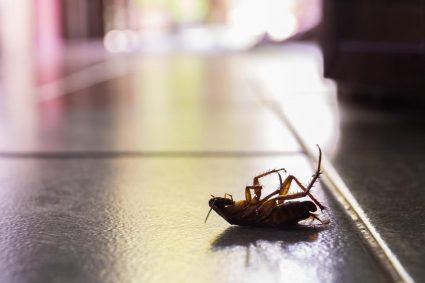
Rats are nocturnal, stealthy mammals that can enter your home and wreak havoc. These pests can cause serious damage to a home and pose a health risk to humans and pets.
Sewer rats are a pesky problem for homeowners around the world. Understanding how sewer rats get into your house is an important first step in preventing an infestation.
In this article, we will explore how sewer rats get into your house, how to identify an infestation, and what steps you can take to prevent them from entering your home in the first place.
When it comes to dealing with rats, prevention should be your priority.
Sewer rats are the most common kind of rat in urban areas, and they can gain access to your house if you don’t take the right precautions.
These large rodents often live in sewers and drains and can enter a home through any small opening or pipe leading inside.
To prevent sewer rats from getting into your house, inspect your home for any gaps or holes that might provide an entryway for these pests.
These pesky creatures can keep you awake all night as they come across in the basement. Therefore, as soon as you realize there are rats in your basement, you must get rid of them.
You should also engage a professional in the event of an infestation.
The next section of the article will explain various entry points for sewer rats entering your house and how to prevent them. Frequently asked questions will follow a summary at the end.
Ways Through Sewer Rats Enter the House
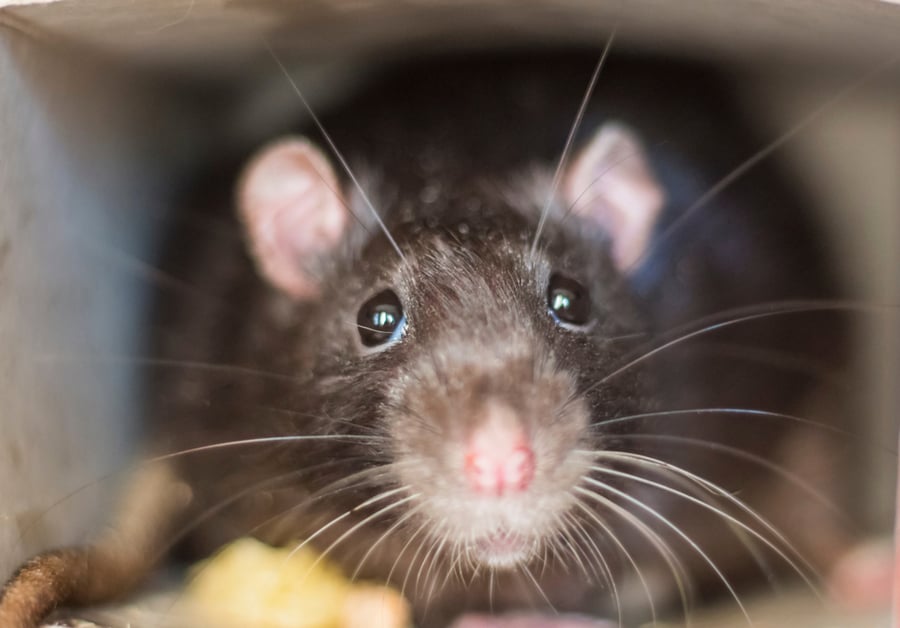
Dealing with sewer rats can be a nightmare for many homeowners.
These unwanted visitors can cause all sorts of damage, from holes in walls to contaminated food and water sources.
Identifying if you have sewer rats is essential for quickly and effectively dealing with them.
Below are some of the ways sewer rats enter the home:
1. Through Poorly Sealed or Missing Pipes
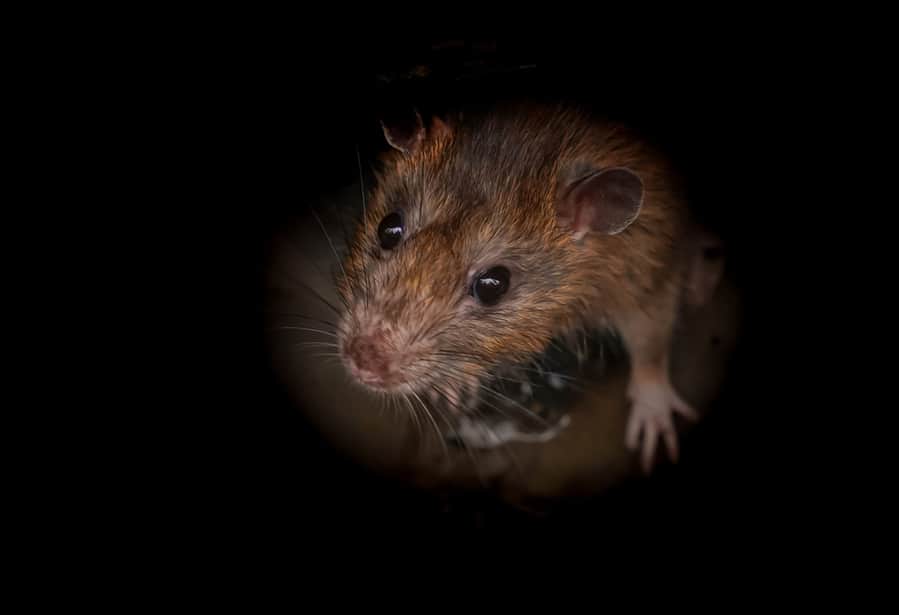
The most common way sewer rats enter the home is through poorly sealed or missing pipes and drains, which provide easy access to the house’s interior.
This includes floor drains, plumbing vents, and other small openings around the plumbing fixtures.
Additionally, these pests can find their way into a home through crawl spaces and foundation cracks.
Once inside, they will often stay close to water sources such as sinks, toilets, or other wet areas to keep them hydrated.
2. Through the Plumbing System
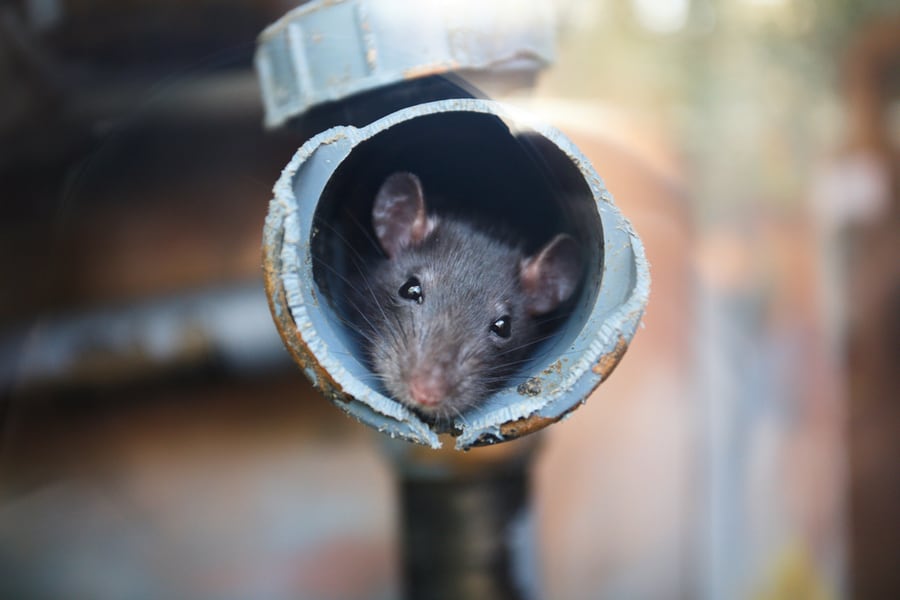
Sewer rats are a common nuisance for homeowners across the globe.
These rodents manage to enter buildings through plumbing systems, making their way from sewers and up through toilets and other fixtures.
Rats are fantastic climbers and can efficiently make their way up the pipes of plumbing systems to gain access to houses or buildings.
This means that even if a building is situated far away from sewer lines, it’s still possible for a rat to climb up the pipes easily.
Once inside, that can spread disease, damage belongings, or cause structural harm-all signs of an unwelcome guest!
3. Through Small Openings
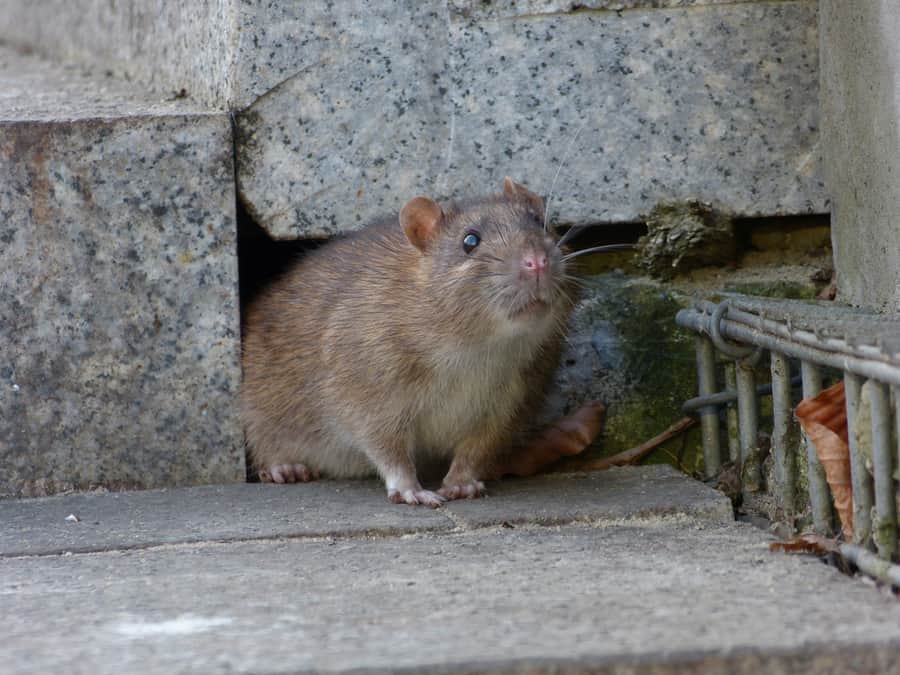
Rats are well known to be able to gain entrance into buildings through small openings such as cracks and holes, but only some people know that they can also squeeze their way through many other small spaces.
Sewer rats, in particular, have been known to use small cracks in walls, floors, ceilings, and around windows and doors to gain access to buildings.
Sewer rats are adept climbers who can scale walls easily; however, when the opening is too narrow to climb through directly, they will often use their flexible bodies and sharp claws to squeeze their way inside.
Rats compress their body up to 60%, enabling them to pass through gaps that seem far too narrow for them.
How Can I Prevent Rats From Coming Inside
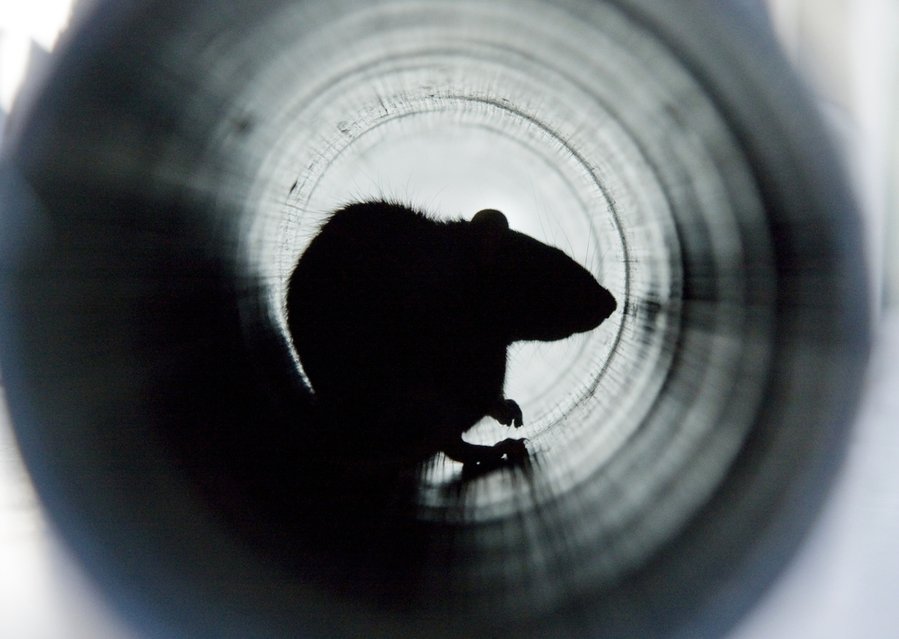
Having rats in your home can be annoying, and prevention is key.
Stopping sewer rats from entering your home before they have the chance is the best way to keep them away.
1. Use Rat Blockers
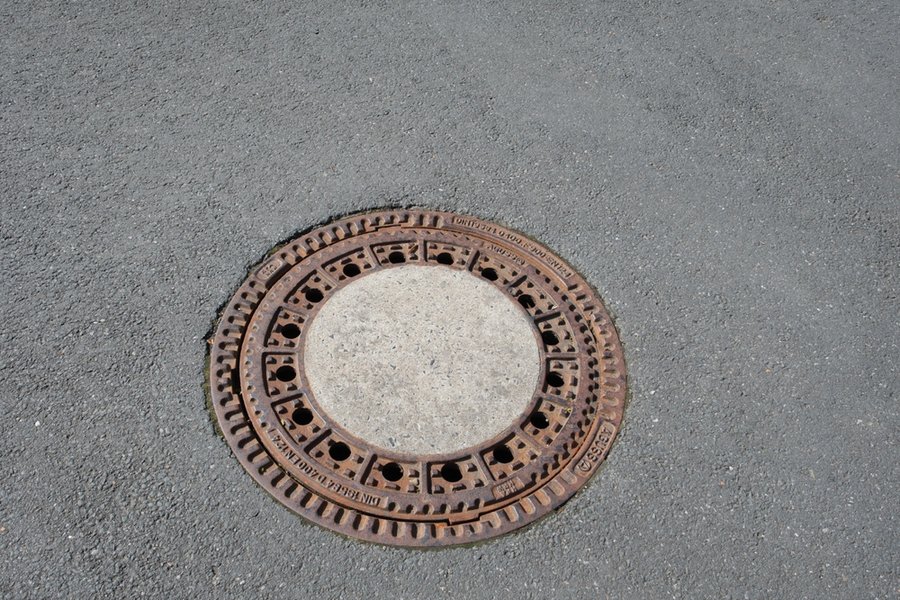
Rat blockers are a simple and effective way to keep rats from entering your house.
The blockers prevent rodents from entering the inspection chamber outside the house, which is the entry point for most rats.
The blockers consist of a stainless steel plate with two or three holes.
These holes are designed to prevent rats from passing through while allowing water to flow freely. Any rainwater can normally escape while ensuring no rodents can enter your home.
Installation usually only takes a few minutes and requires no additional tools or expertise, making it an easy task for any homeowner looking for extra protection against pests.
2. Use Rat Traps
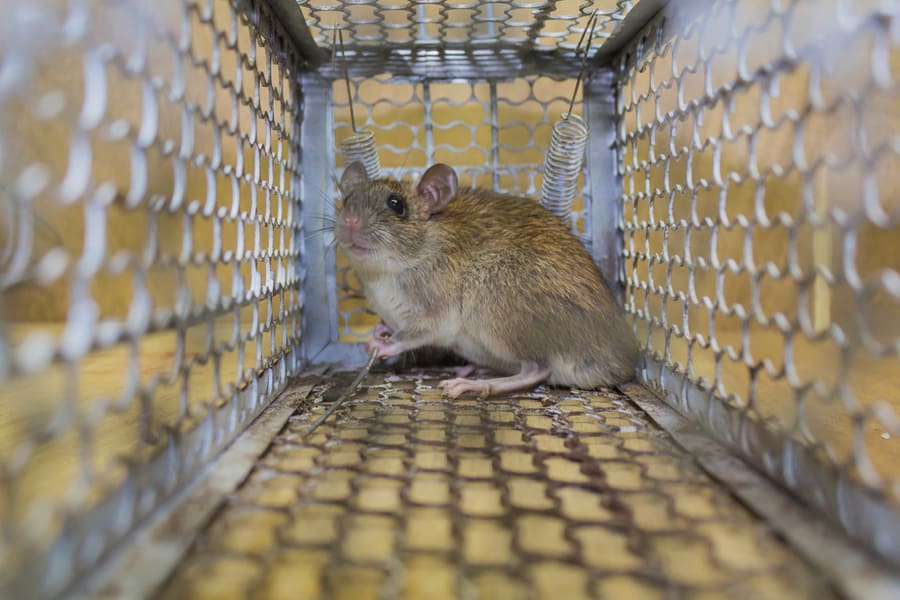
One of the most compelling ways to get rid of rats is using traps.
Rat traps come in many different sizes, shapes, and materials depending on the environment you need to trap the rat in.
The most common type of rat trap is a snap trap, which uses a spring-loaded bar that quickly snaps shut when triggered by the rodent’s movements.
These types of traps are generally more humane than other methods but may not be suitable for small children or pets as there is risk associated with them.
3. Other Options
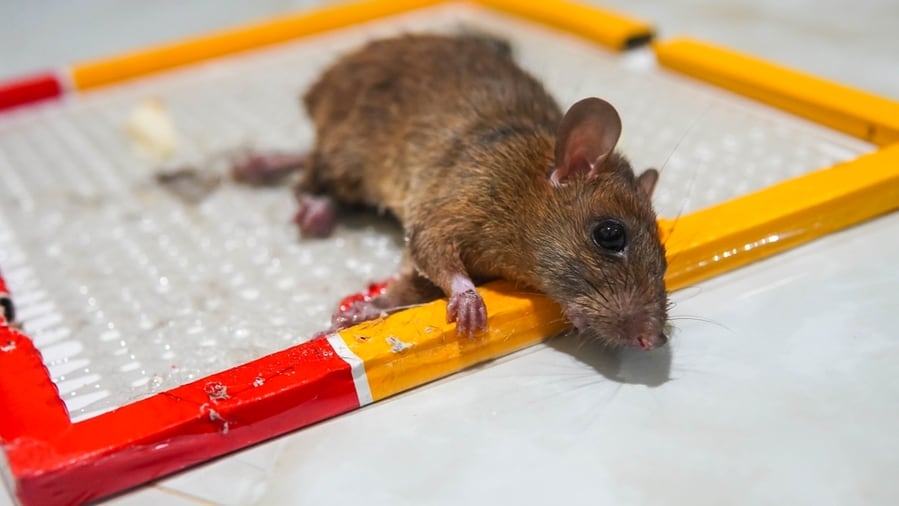
Additional options for preventing rats from coming inside include the following:
- Live capture traps will allow you to safely transport rats away from your property.
- Glue boards will immobilize them until you can remove them.
- Electronic rat zippers can effectively repel them.
4. Call Professionals To Help
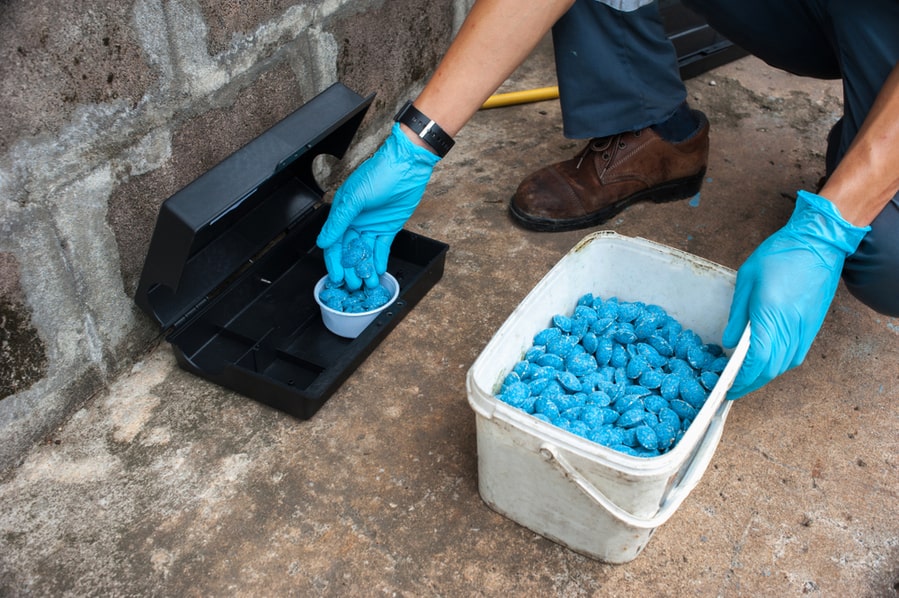
Having a sewer rat infestation is no laughing matter and should be taken seriously. It can be a health hazard, lead to structural damage and cost you dearly in the long run.
Professional pest control companies have the expertise to ensure that your property is quickly and safely rid of these rats.
The services of such experienced professionals are invaluable in removing rats from sewers, drains, gutters, roofs, and other areas of your property.
They will work quickly to identify the source of the problem and then use various methods, including baiting programs and trapping. Exclusion techniques ensure that all rats are removed from your home or business premises.
You’ll also benefit from regular follow-up visits so that any signs of reinfestation can be dealt with swiftly before they become an issue.
Conclusion
Sewer rats can enter your home in various ways. It is, therefore, important to take the necessary steps to protect your home and property from these pests.
Tightly seal up any holes or cracks around your house, keep food stored in tightly sealed containers, and call a professional exterminator if you suspect an infestation.
The abovementioned steps will help ensure your family’s safety and peace of mind.
Frequently Asked Questions
What Attracts Rats to Your Home?
The most common reason rats enter our homes is due to food sources. Rats will search for any food that may be lying around, such as pet food or kitchen scraps.
Poorly sealed garbage cans or compost bins also offer easy access for them to find an easy meal.
What Scares Rats Away From the House?
Try natural deterrent methods to scare rats away from your house
For example, spread peppermint oil, cayenne pepper, black pepper, or cloves oil spray around the home to stop the rats from entering the house.
Do Sewer Rats Bite?
Rats can be aggressive if provoked or cornered; however, this behavior is rare and would only happen if the rodent felt threatened.
Generally, sewer rats will not bite unless handled by humans or attacked by other animals.

